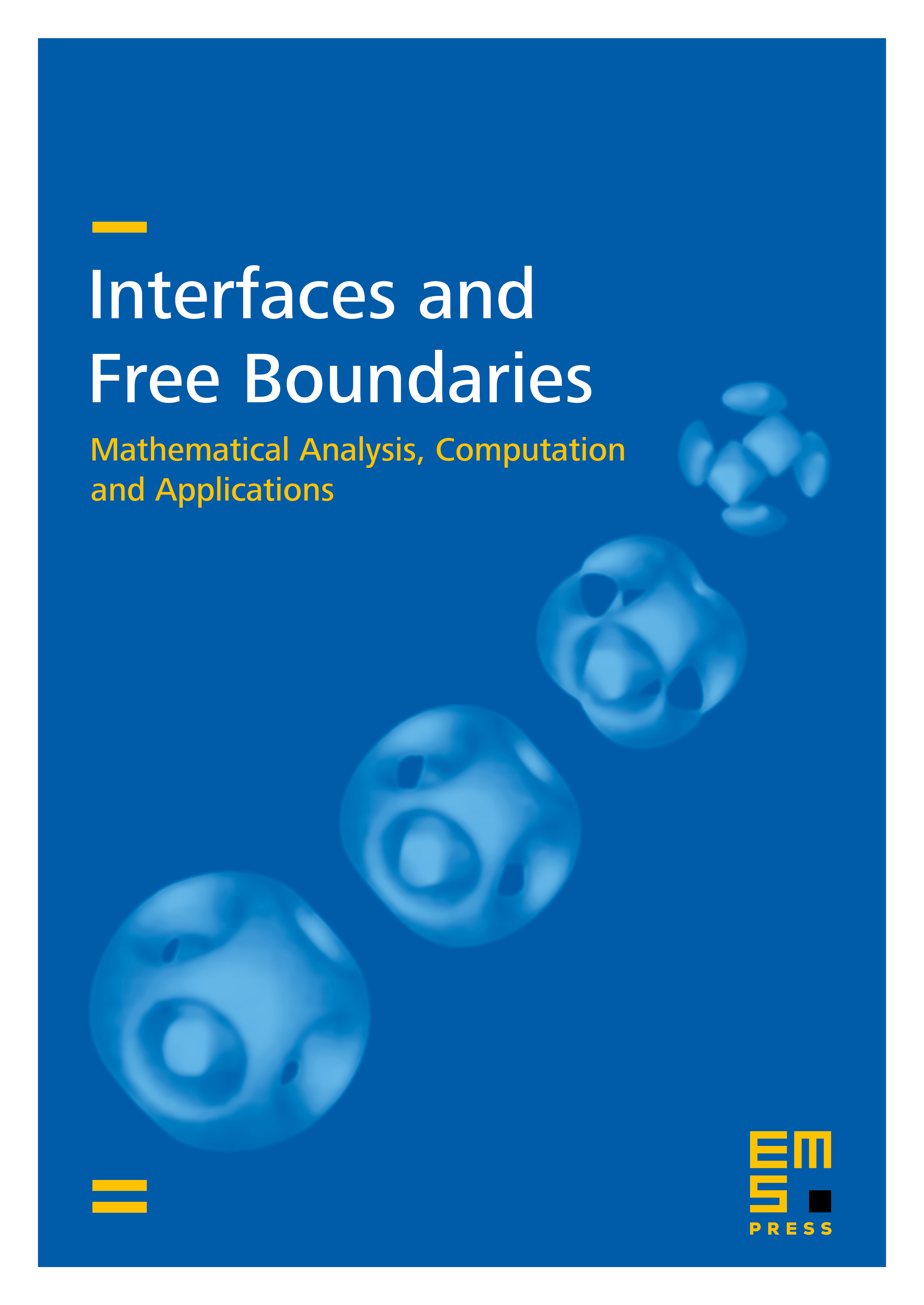Slow translational instabilities of spike patterns in the one-dimensional Gray-Scott model
Theodore Kolokolnikov
University of British Columbia, Vancouver, CanadaMichael J. Ward
University of British Columbia, Vancouver, CanadaJuncheng Wei
University of British Columbia, Vancouver, Canada

Abstract
Slow translational instabilities of symmetric -spike equilibria for the one-dimensional singularly perturbed two-component Gray–Scott (GS) model are analyzed. These symmetric spike patterns are characterized by a common value of the spike amplitude. The GS model is studied on a finite interval in the semi-strong spike-interaction regime, where the diffusion coefficient of only one of the two chemical species is asymptotically small. Two distinguished limits for the GS model are considered: the low feed-rate regime and the intermediate regime. In the low feed-rate regime it is shown analytically that small eigenvalues, governing the translational stability of a symmetric -spike pattern, simultaneously cross through zero at precisely the same parameter value at which different asymmetric -spike equilibria bifurcate off of the symmetric -spike equilibrium branch. These asymmetric equilibria have the general form (neglecting the positioning of the and spikes in the overall spike sequence). For a one-spike equilibrium solution in the intermediate regime it is shown that a translational, or drift, instability can occur from a Hopf bifurcation in the spike-layer location when a reaction-time parameter is asymptotically large as . Locally, this instability leads to small-scale oscillations in the spike-layer location. For a certain parameter range within the intermediate regime such a drift instability for the GS model is shown to be the dominant instability mechanism. Numerical experiments are performed to validate the asymptotic theory.
Cite this article
Theodore Kolokolnikov, Michael J. Ward, Juncheng Wei, Slow translational instabilities of spike patterns in the one-dimensional Gray-Scott model. Interfaces Free Bound. 8 (2006), no. 2, pp. 185–222
DOI 10.4171/IFB/140